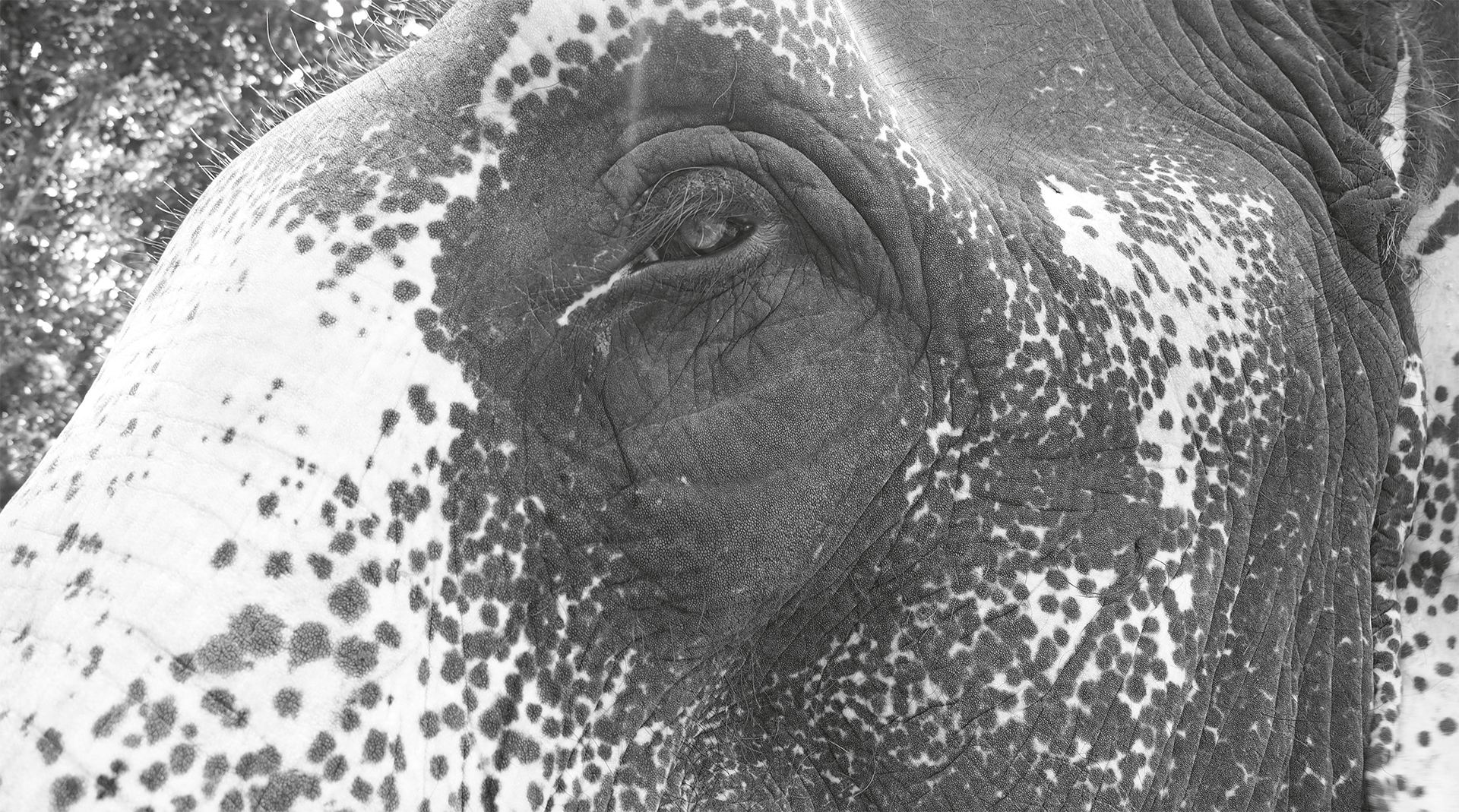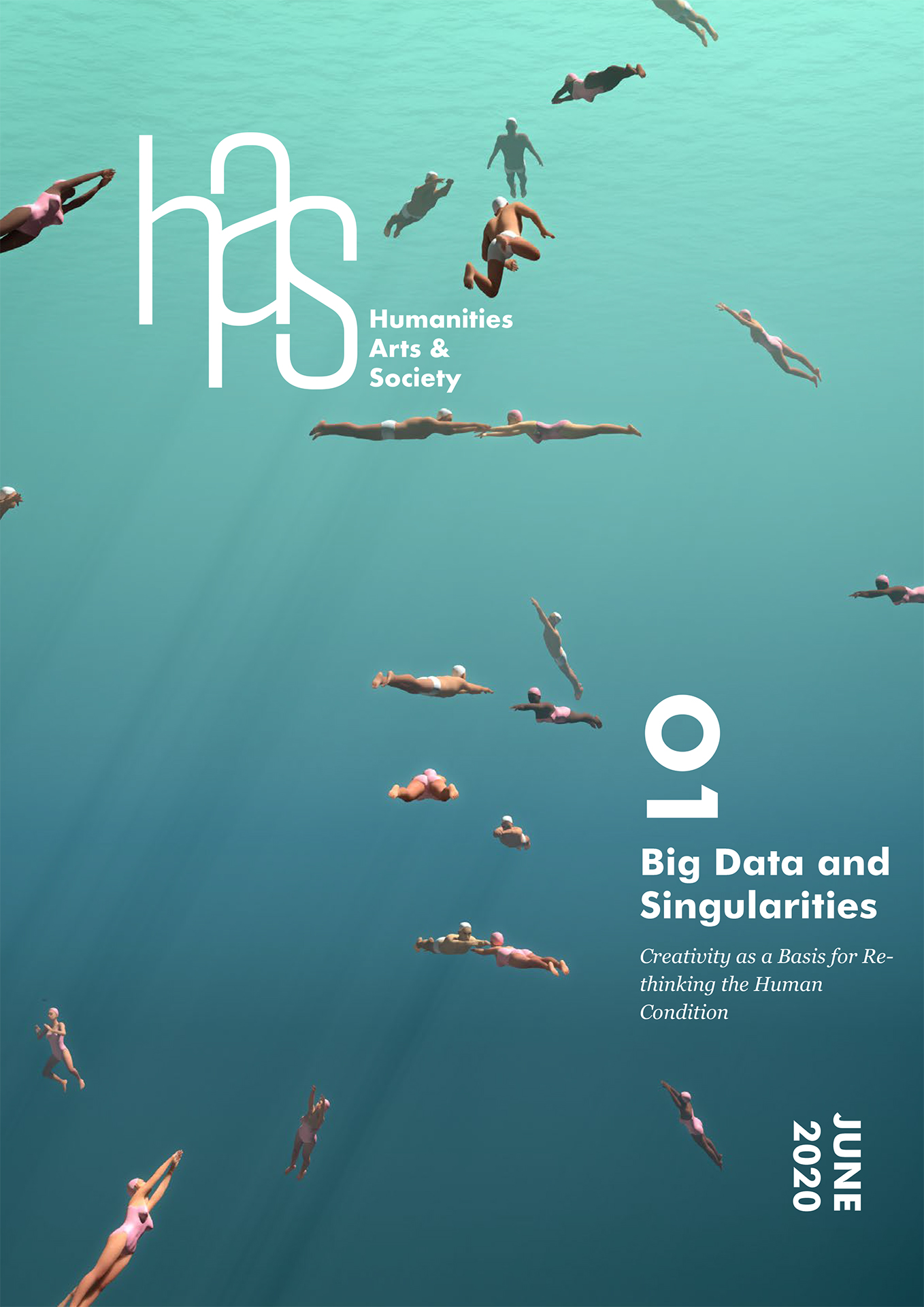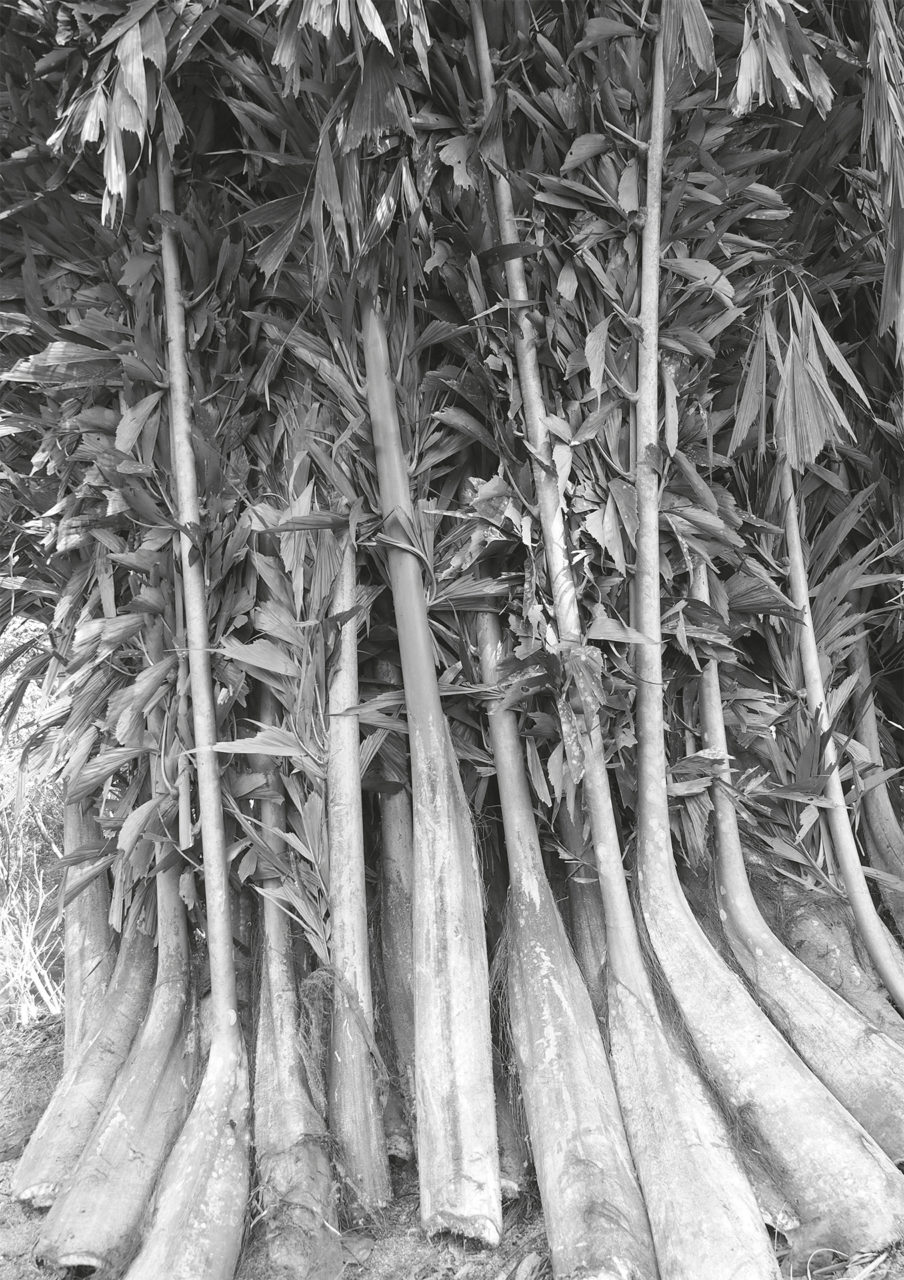
Why would a programme focused on social transformations – like UNESCO’s MOST – be interested in the arts? After all, one could say that social transformations are the province of the social sciences. They’re about systems and how they evolve. Studying them involves variables such as GDP, birth rates, defense spending, climate, political parties and ideologies, urbanization and agricultural technologies – macro-variables, in other words – that interact at levels beyond individuals and relate only marginally to their aesthetic sensibilities. Of course, the arts – like everything else – have social conditions of production, and to that extent can be studied from a social transformations perspective. But that’s about the limit of their relevance.
This vision isn’t false. Indeed, in some ways, it’s not just true but important. The systemic level of analysis is indispensable in order to grasp certain essential features of societies and their interactions. And, yes, the arts can be studied from the outside, so to speak, in ways that emphasize how they respond to the social and technological preconditions that make them possible. One can even, as did Norbert Elias, study Mozart in terms of a “sociology of genius”.
But things can be true and important while still being partial and even profoundly misleading – as in the famous parable of the blind people and the elephant, in which each person, touching just one part of the elephant, describes that part as if it were the whole. This is equally the case of the systemic analysis of societies and their transformations.
A society is a system, which can be described in terms of abstract macro-variables; it is also, inseparably, a web of meanings that can be understood only in terms of the sense-making embedded in activities that make sense, not just to an external observer, as in the colonial paradigms of much early anthropology, but also to the actors themselves. It is the distinctive role of the humanities to make sense of sense-making, through the concepts and methods of philosophy, history, languages and literature, and the critical artistic disciplines. This is why UNESCO’s Management of Social Transformations programme has a major – and growing – humanities component, which includes such large-scale commitments as the General History of Africa and the historical and cultural analysis of the Silk Roads.
But still, the reader might say, there is an irreducible gap between the critical artistic disciplines and the arts, which is the gap between doing something and talking about doing it. Wittgenstein observed that you can’t learn to swim just by reading a book about swimming. Surely the same applies to the arts – a musicologist can make music, but making music is a pro- foundly different activity from doing musicology. The sceptical reader might go so far as to say that, after all, a musicologist can make wooden furniture or raise Persian cats, and we wouldn’t assume any organic connection between them.
Indeed, common-sense thinking about the arts often pushes this idea even further, subscribing to the form of spontaneism or primitivism in which inability to give a critical account of creation is the ultimate form of creativity. It’s because the great bluesmen of the 1930s and 40s never learned to read music that they were great, to take just one stereotypical expression of this idea.
But there’s actually no reason to think that this is true. Attempting to cordon off artistic creation from reflection on the creative process is a mutilation, not just of how artists create, but of the way in which arts operate within their social setting. Art history isn’t art, but every artist creates, to some extent, against the backdrop of things learned, glimpsed, half-remembered, admired and detested. It is this sense, the arts do not simply express society and its dynamics, but more profoundly constitute an important mode of the sense-making that institutes a society, and shapes its dynamics and conditions of change.
In his famous poem “Annus Mirabilis”, Philip Larkin captured this brilliantly:
Sexual intercourse began
In nineteen sixty-three (which was rather late for me)
Between the end of the “Chatterley” ban And the Beatles’ first LP.
Literature, censorship, pop music, the sexual revolution, and individual existential angst, all fused together epigrammatically by poetic genius. This is, in a nutshell, is how the arts relate to social transformations. This is why UNESCO’s MOST programme is committed to the arts, and why we welcome this first issue of HAS Magazine and look forward to working with its publishers and editorial team to nurture a global arts-and-humanities conversation.
Since joining UNESCO in 2003 John Crowley has been a program specialist in social science (2003-05) and head of the communication, information and publications unit (2005-07), chief of section for ethics of science and technology (2008-11), and team leader for global environmental change (2011-14). Before joining UNESCO, he worked as an economist in the oil industry (1988-95) and as a research fellow at the French National Political Science Foundation (1995-2002). From 2002 to 2015, he was editor of the UNESCO-published International Social Science Journal.
Since joining UNESCO in 2003 John Crowley has been a program specialist in social science (2003-05) and head of the communication, information and publications unit (2005-07), chief of section for ethics of science and technology (2008-11), and team leader for global environmental change (2011-14). Before joining UNESCO, he worked as an economist in the oil industry (1988-95) and as a research fellow at the French National Political Science Foundation (1995-2002). From 2002 to 2015, he was editor of the UNESCO-published International Social Science Journal.


